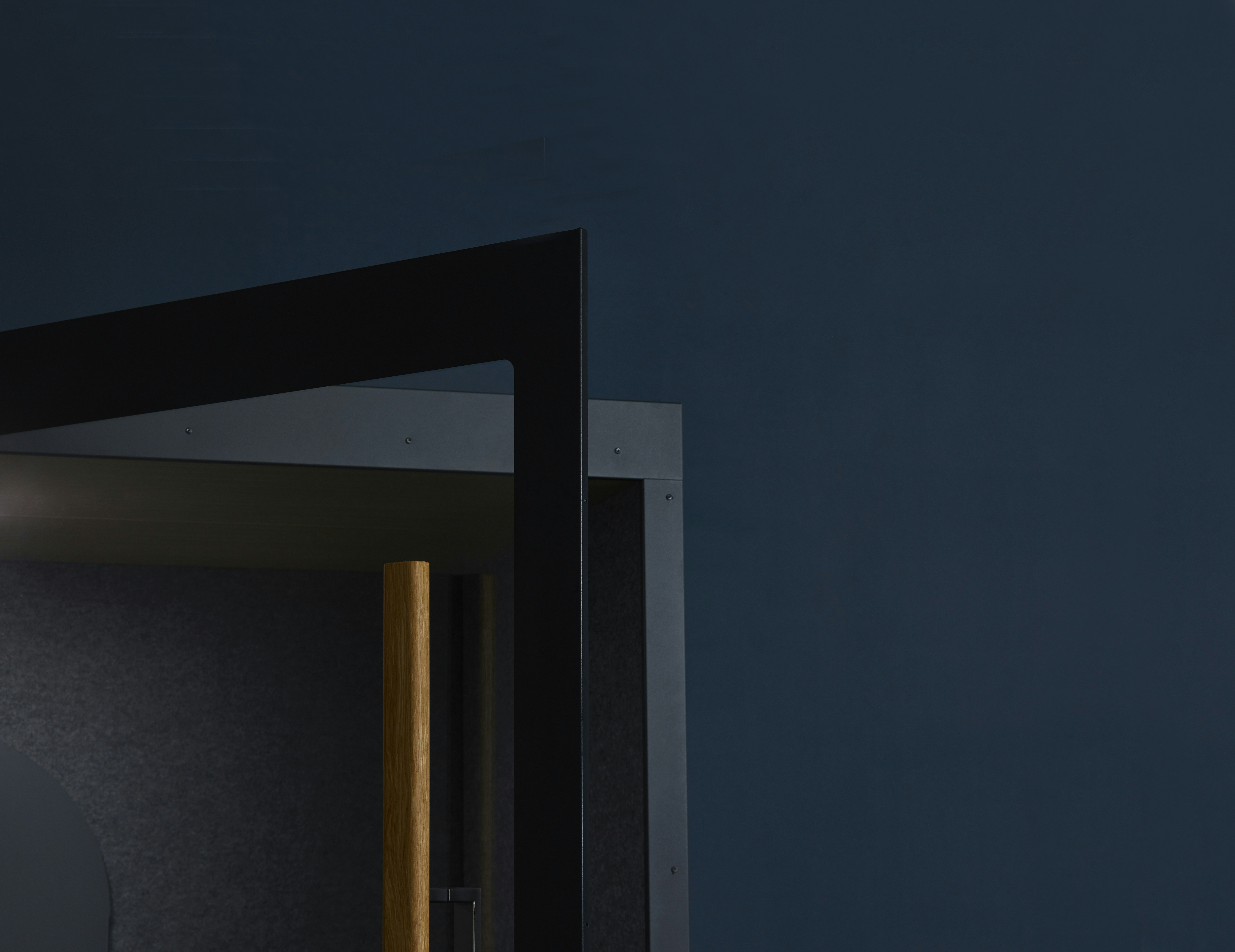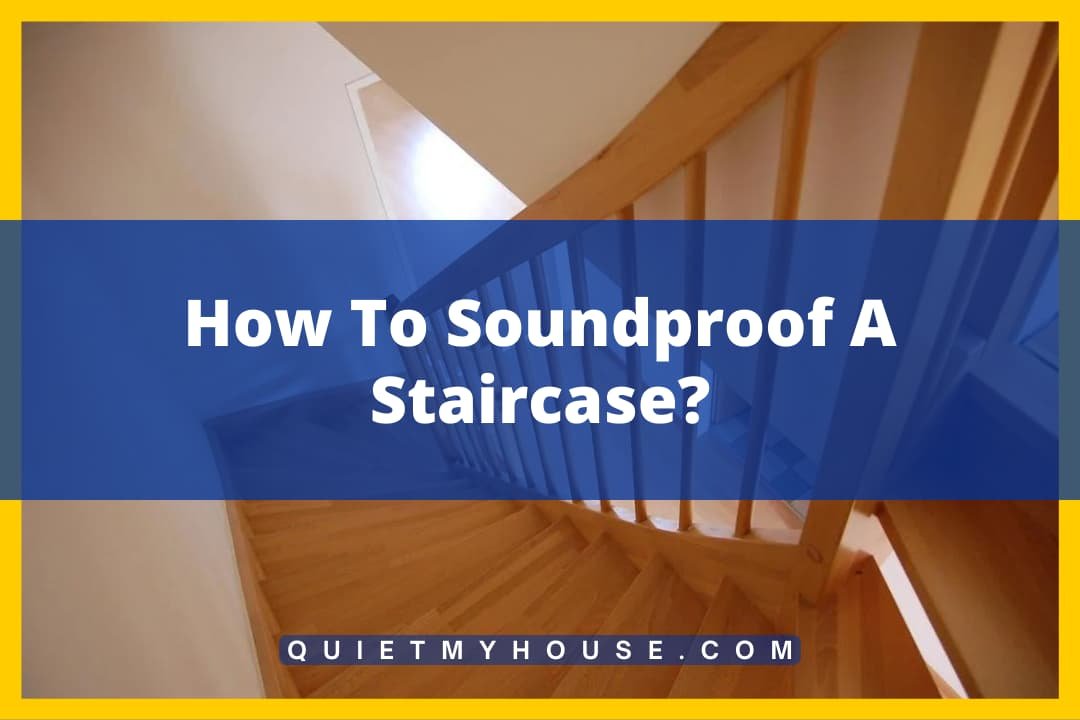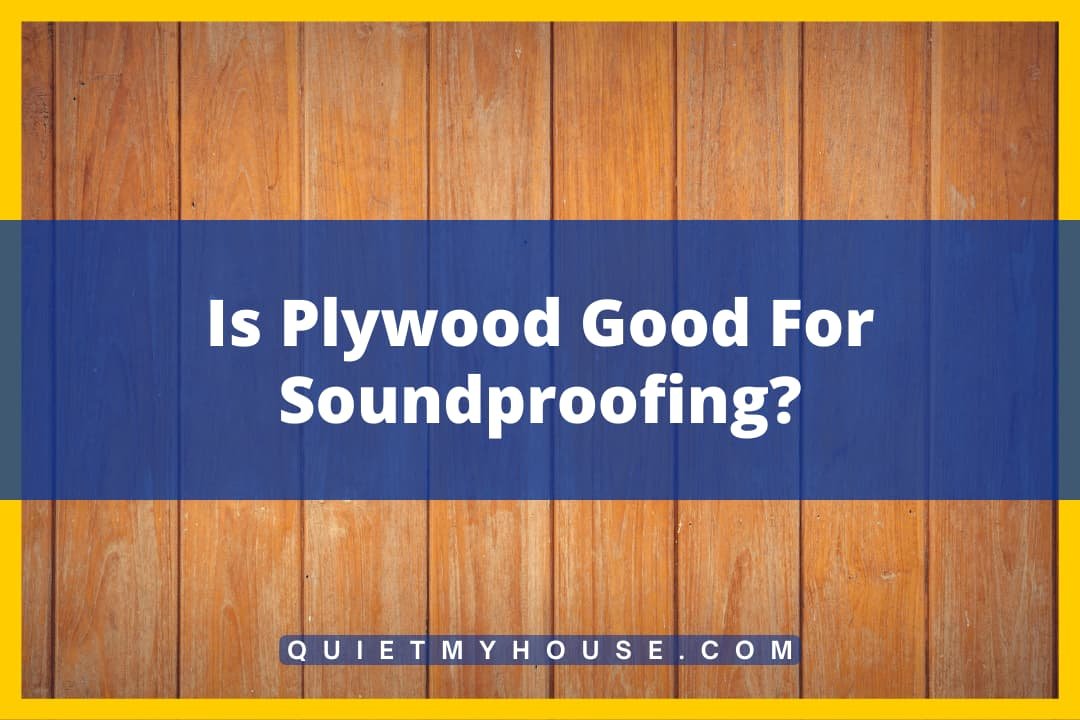Looking to create a quieter, more peaceful living space without breaking the bank? In this article, you will discover effective and affordable ways to soundproof your windows without the need for costly replacements. Whether you live in a busy city or simply desire a peaceful sanctuary, these techniques will help you block out unwanted noise and enjoy a more tranquil environment in your home.
So, let’s explore how you can soundproof your windows and create a haven of tranquility without the hassle of replacing them.
1. Assessing the Noise Problem
1.1 Determining the noise source
When it comes to soundproofing windows, the first step is to determine the source of the noise. Is it traffic outside your home? Is it loud neighbors or construction work nearby? Identifying the primary source of the noise will help you choose the most effective soundproofing solutions.
1.2 Measuring the noise level
Before you start soundproofing your windows, it’s important to measure the current noise level in your room. This will help you determine the effectiveness of the soundproofing techniques you implement later.
There are various noise-measuring apps and devices available that can provide accurate measurements. Once you have an understanding of the noise level, you can proceed with the appropriate soundproofing methods.
2. Sealing the Windows
2.1 Weatherstripping
One of the most effective ways to reduce noise coming through your windows is by using weatherstripping. Weatherstripping involves sealing any gaps or cracks around the window frames to prevent sound from entering or escaping.
It helps create an airtight seal, which not only reduces noise but also improves energy efficiency by preventing drafts.
To weatherstrip your windows, start by thoroughly cleaning the window frames. Then, measure the gaps and choose the appropriate weatherstripping material.
There are different types available, such as adhesive-backed foam tape or V-strip weatherstripping. Apply the weatherstripping along the edges of the window frames, ensuring a tight seal.
2.2 Caulking
Another effective method to seal windows and reduce noise is by using caulk. Caulk is a sealant that can be applied to gaps and cracks in the window frames. It provides a permanent seal, blocking sound from entering or escaping through these openings.
To use caulk for soundproofing, start by cleaning the window frames and removing any old caulk. Then, apply a bead of caulk along the edges of the window frames, filling any gaps or cracks.
Smooth out the caulk with a caulk smoothing tool or your finger for a neat finish. Allow the caulk to dry completely before moving on to the next step.
2.3 Using draft stoppers
Draft stoppers, also known as door snakes or draft excluders, are commonly used to prevent cold drafts from entering under doors.
However, they can also be effective in reducing noise transmission through windows. Simply place draft stoppers along the bottom of the windowsill to create an additional barrier against noise.
Draft stoppers come in various materials, such as foam, fabric, or even sand-filled tubes. Choose the type that best suits your needs and preferences. They are easy to install and can be removed when necessary.
3. Installing Window Inserts
3.1 Acoustic Inserts
Acoustic window inserts, also known as soundproof window panels, are an effective way to reduce noise without replacing your windows. These inserts are custom-made to fit into your existing window frames, creating an additional layer of sound insulation.
Acoustic inserts are typically made from materials with excellent soundproofing properties, such as laminated glass or acrylic.
They are designed to absorb sound waves and reduce noise transmission. Installing acoustic inserts is a relatively straightforward process and can greatly improve the soundproofing capabilities of your windows.
3.2 Magnetic Window Inserts
If you prefer a less permanent solution, magnetic window inserts are a convenient option. These inserts attach to your window frames using magnets, providing an additional layer of insulation against noise.
Magnetic window inserts are usually made from acrylic or vinyl materials. They can be easily removed and reinstalled whenever needed, making them a flexible choice for soundproofing. However, it’s important to ensure a proper and secure fit to maximize their effectiveness.
4. Adding Window Film
4.1 Soundproof Window Film
Window film is a popular choice for soundproofing windows as it can significantly reduce noise transmission. Soundproof window film is usually made of multiple layers of polyester and can be applied to the window glass directly.
The film creates a barrier that absorbs and dampens sound waves before they enter your space. It also helps to improve the thermal insulation of your windows, reducing energy costs.
Installing soundproof window film is a straightforward process, and it can be done by following the manufacturer’s instructions.
4.2 Security Window Film
In addition to soundproofing, security window film can also provide an extra level of protection against intruders or accidents. This film is designed to strengthen the window glass and hold it together in case of breakage.
Security window film can help reduce noise by adding an additional layer of material to the window glass. While it may not provide the same level of soundproofing as specific soundproof window film, it can still contribute to reducing noise transmission significantly.

5. Hanging Soundproof Curtains
5.1 Choosing the right fabric
Soundproof curtains, also known as acoustic curtains, are an excellent option for reducing noise through windows. These curtains are made from thick, dense materials that absorb sound waves, preventing them from entering or leaving the room.
When choosing soundproof curtains, opt for heavy materials such as velvet, thick cotton, or even multiple layers of fabric.
The heavier the fabric, the better it will be at blocking noise. Look for curtains with a high Sound Transmission Class (STC) rating for optimal soundproofing performance.
5.2 Installing soundproof curtains
Installing soundproof curtains is a simple process. Start by measuring the dimensions of your window and purchase curtains that are wide enough to cover the entire window and extend beyond its edges.
Install a sturdy curtain rod or track above the window frame, ensuring it can support the weight of the heavy curtains.
Hang the soundproof curtains, making sure they reach the floor or slightly overlap it. This will help prevent sound from sneaking in through the bottom of the window. Adjust and arrange the curtains as necessary to achieve maximum coverage and noise reduction.
6. Using Acoustic Blankets
6.1 Hanging acoustic blankets
Acoustic blankets, or sound blankets, are thick, heavy blankets specifically designed for soundproofing purposes.
They are often used in recording studios or home theaters to absorb sound and reduce echoes. However, they can also be hung over windows to help block external noise.
To hang acoustic blankets over your windows, start by installing curtain rods or tracks above the window frames.
Attach hooks or grommets to the blankets, ensuring they are evenly spaced for proper support. Hang the blankets from the rods or tracks, allowing them to cover the windows completely.
6.2 Creating a temporary sound barrier
One of the advantages of using acoustic blankets is their portability. They can be easily attached and removed as needed, making them an ideal solution for temporary soundproofing.
If you’re looking to block noise during certain times of the day or want flexibility in soundproofing options, acoustic blankets can be a great choice.
You can also use multiple layers of acoustic blankets for enhanced soundproofing, especially for windows facing high-traffic areas or noisy environments.
Experiment with the number of layers and positioning to find the best configuration for reducing noise to your desired level.

7. Applying Soundproofing Gels or Liquids
7.1 Liquid soundproofing products
Liquid soundproofing products, such as soundproofing gels or liquid acoustic coatings, can be applied to the window glass to reduce noise transmission.
These products work by creating a thin, sound-dampening layer over the glass surface, helping to absorb and block sound waves.
To apply liquid soundproofing products, thoroughly clean the window glass and ensure it is completely dry. Follow the instructions provided by the manufacturer for the specific product you are using.
It typically involves applying the liquid evenly onto the glass surface using a brush or roller. Allow the product to dry completely before testing its effectiveness.
7.2 Application and effectiveness
Liquid soundproofing products are generally easy to apply and provide an additional layer of sound insulation to the windows. However, their effectiveness may vary depending on the quality of the product and the specific noise issues you are facing.
It’s important to note that liquid soundproofing products may alter the appearance of the window glass, affecting transparency.
Before applying them, consider if maintaining the clarity of your windows is crucial. Additionally, test the product in a small, inconspicuous area before applying it to the entire window to ensure it meets your expectations.
8. Building DIY Window Plugs
8.1 Materials needed for window plugs
Window plugs are a cost-effective and customizable solution for soundproofing windows. They are essentially panels that fit into the window frame, creating an airtight seal and blocking noise.
Building your own DIY window plugs allows you to tailor them to the specific dimensions of your windows.
To build window plugs, you will need the following materials: thick plywood or medium-density fiberboard (MDF), foam insulation boards, acoustic caulk, screws, and a saw for cutting the boards to the desired dimensions.
8.2 Step-by-step guide for making window plugs
- Measure your window dimensions accurately.
- Cut the plywood or MDF boards to match the measurements, ensuring a snug fit within the window frame.
- Cut the foam insulation boards to the same dimensions as the plywood or MDF boards.
- Apply a layer of acoustic caulk around the edges of the foam boards to create a seal between the boards and the window frame.
- Place the foam boards onto the plywood or MDF boards, aligning them properly.
- Secure the foam boards to the plywood or MDF boards using screws.
- Apply another layer of acoustic caulk around the exposed edges of the foam boards to ensure an airtight seal.
- Insert the window plug into the window frame, pressing it firmly to create a tight fit.
- Repeat the process for all windows you wish to soundproof.
DIY window plugs provide excellent soundproofing capabilities and can be easily removed when desired. They offer a versatile solution for reducing noise through windows without the need for complex installations.
9. Considering Acoustic Panels
9.1 Installing acoustic panels on windows
Acoustic panels are highly effective soundproofing solutions commonly used in professional settings. They are designed to absorb sound waves and minimize echoes, resulting in reduced noise levels.
While they are often utilized on walls or ceilings, they can also be installed on windows to improve sound insulation.
To install acoustic panels on windows, you’ll need to consider the size and weight of the panels, as well as the mounting method.
There are various types of acoustic panels available, including fabric-wrapped panels and foam panels with adhesive backing.
Measure the window dimensions and choose panels that are appropriate for the size. Ensure that the mounting method is suitable for your windows, whether it’s adhesive backing, Velcro, or a hanging system. Follow the manufacturer’s instructions for proper installation to achieve the best soundproofing results.
9.2 Benefits of using acoustic panels
Acoustic panels offer several benefits when installed on windows. They effectively absorb sound waves, preventing them from entering or leaving the room.
Acoustic panels can greatly improve the acoustics of a space, reducing reverberation and creating a more pleasant and quiet environment.
In addition to their soundproofing capabilities, acoustic panels can also enhance the overall aesthetic of a room. They can be customized with various colors, patterns, or even printed designs, allowing you to integrate them seamlessly into your decor.
Acoustic panels are durable, long-lasting, and easy to maintain, making them a practical choice for soundproofing windows.
10. Using White Noise Machines
10.1 How white noise machines work
White noise machines are devices that emit a consistent sound at various frequencies, effectively masking or blending with background noise.
They work by filling the room with a continuous and soothing sound, which can help drown out external noises and create a more peaceful environment.
White noise machines produce a wide range of sounds, such as rainfall, ocean waves, or static noise. These sounds typically have equal energy across all frequencies, making them ideal for masking sudden or disruptive noises.
By creating a consistent background noise, white noise machines can help minimize the impact of outside sounds on your sleep or concentration.
10.2 Choosing the right white noise machine
When selecting a white noise machine, consider the features and options that best suit your needs. Look for machines that offer a variety of sound options, such as nature sounds, fan noises, or white noise variants.
Adjustable volume and timer settings can provide flexibility in adjusting the sound to your preference and automatically turning off the machine after a certain duration.
Additionally, consider the size and portability of the white noise machine. If you plan to use it primarily in your bedroom, a compact and travel-friendly design may be more suitable.
Some white noise machines also offer additional features like built-in alarms or USB charging ports, ensuring versatility and convenience.
In conclusion, soundproofing windows without replacing them is a feasible task that can greatly enhance the comfort and tranquility of your living space.
By assessing the noise problem, sealing the windows, installing window inserts, adding window film, hanging soundproof curtains, utilizing acoustic blankets, applying soundproofing gels or liquids, building DIY window plugs, considering acoustic panels, or using white noise machines, you can effectively reduce noise transmission and create a more peaceful environment.
Explore these different techniques and find the combination that works best for your specific noise concerns and preferences. With a little effort and the right soundproofing solutions, you can enjoy a quieter and more enjoyable living space.




